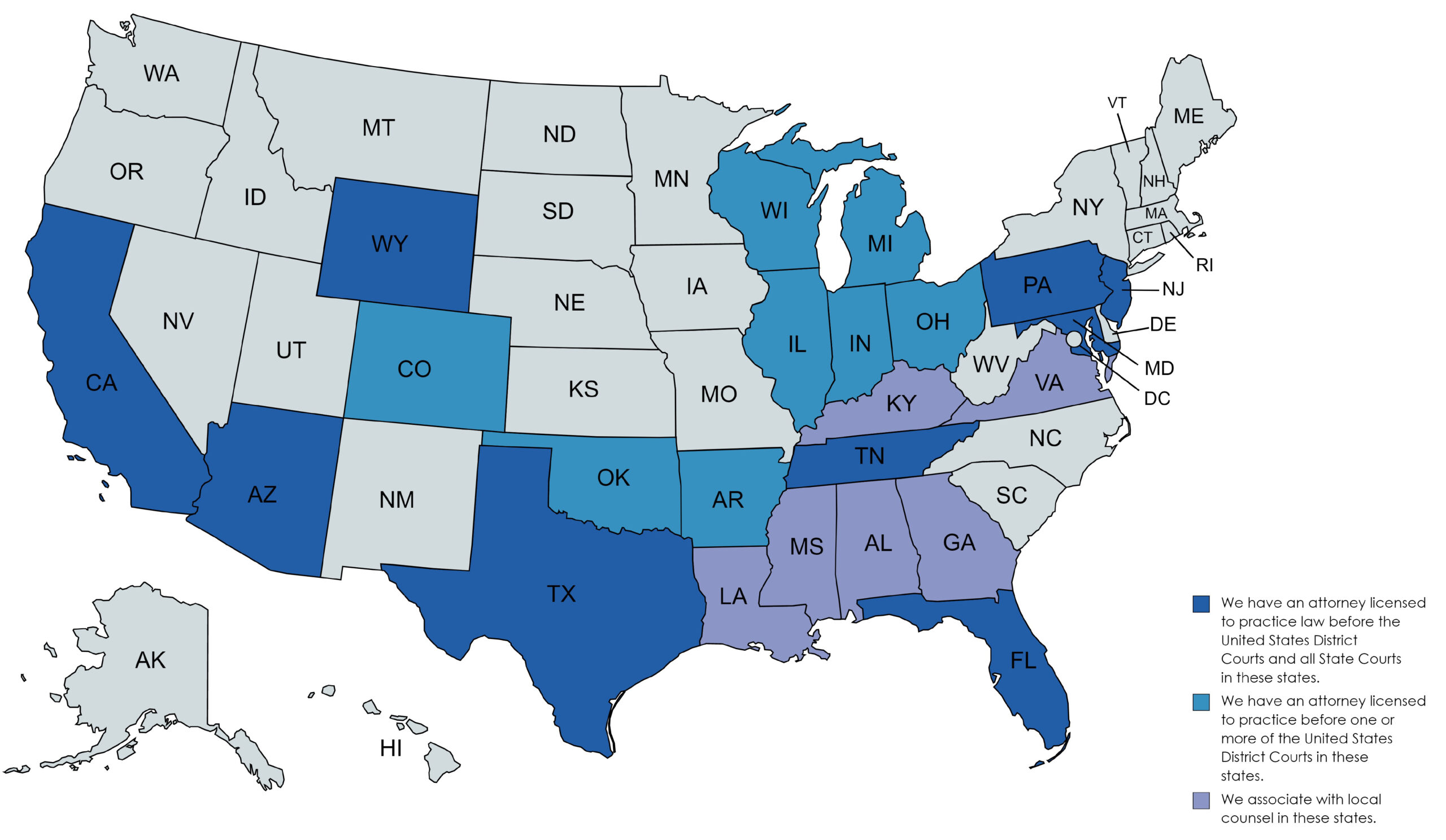Estate Planning
Planning Your Distributions
Free Consultation Available
The Hidden Complexity of Distributions in Estate Planning
(Why “Who gets what?” is rarely as simple as it sounds)
When most people think of an estate plan, they picture a single line in a will—“Everything to my spouse, then my kids.” In reality, getting assets from Point A (your balance sheet) to Point B (your beneficiaries) involves dozens of variables—age, taxes, asset-type, creditor risk, family dynamics, even geography. Overlooking any one of them can delay probate, spark litigation, or drain the estate with unnecessary taxes and fees.
Below is a practical guide to the main reasons distributions become complicated and the planning tools that keep those complexities under control.
1. Beneficiary Circumstances
| Scenario | Why It Complicates Payouts | Common Solutions |
|---|---|---|
| Minor children or grandchildren | Courts won’t hand cash or real estate to someone under 18/21. | Testamentary or revocable-trust provisions that hold assets until a chosen age, with a trustee empowered to pay health & education expenses meanwhile. |
| Special-needs or disabled heir | Direct gifts can disqualify vital government benefits (SSI, Medicaid). | Special-Needs Trust (SNT) or Supplemental-Benefits Trust that preserves eligibility while enhancing quality of life. |
| Spend-thrift or addiction concerns | Lump sums can vanish fast—or attract creditors and ex-spouses. | Discretionary or “spend-thrift” trusts, staggered milestone distributions, professional co-trustees, or corporate trustees. |
| Blended families & prior marriages | Conflicting interests between current spouse and children from a prior relationship. | “Family pot” trusts, QTIP marital trusts, life-insurance equalizers, clear no-contest clauses. |
| Beneficiaries living abroad | Foreign tax regimes and currency controls may seize or heavily tax transfers. | Local counsel coordination, LLC blockers, or international trusts that respect residence-based taxation and foreign probate rules. |
2. Asset-Type Mismatches
Illiquid Assets
Challenge: A family business, farm, or vacation home can’t be sliced evenly.
Tools: Buy-Sell Agreements funded by insurance, LLC/FLP recapitalization with voting/non-voting units, or in-kind distributions with equalization clauses.
Retirement Plans (401(k)/IRA)
Challenge: Income taxes apply as beneficiaries withdraw, and the SECURE Act’s 10-year rule accelerates taxation.
Tools: Designated beneficiary forms, conduit or accumulation “see-through” trusts, Roth conversions during low-tax years.
Digital & Crypto Assets
Challenge: Passwords and private keys die with you unless you plan ahead.
Tools: Digital-asset memoranda, cold-wallet custody instructions, and fiduciary access clauses under the Revised Uniform Fiduciary Access to Digital Assets Act (RUFADAA).
Out-of-State Real Estate
Challenge: Triggers ancillary probate in each state.
Tools: Revocable or irrevocable trusts, LLC titling, or Transfer-on-Death (TOD) deeds where allowed.
3. Tax & Creditor Exposure
Federal and State Estate Taxes
Exemptions can differ wildly (federal $13.99 M; some states under $2 M). Credit-Shelter (bypass) trusts, portability elections, and lifetime gifting help avoid a surprise bill.Generation-Skipping Transfer (GST) Tax
Gifts that leapfrog children to grandchildren can face an extra 40 % tax without proper allocation. Dynasty or GST-exempt trusts solve the problem.Creditor & Divorce Risk
An outright inheritance is fair game for lawsuits or marital division in many states. Spend-thrift language and irrevocable trusts offer protection.
4. Timing & Staging Choices
Age-Based Staggering – e.g., 1/3 at 25, 1/3 at 30, balance at 35.
Milestone Distributions – release additional funds upon graduation, home purchase, or start-up launch (with trustee discretion to verify milestones).
Unitrust or Annuity Payouts – convert a volatile portfolio into predictable income for a surviving spouse, then pass the remainder to children.
5. Governance & Administration
Choosing the Right Fiduciary
Individual vs. corporate trustee
Single vs. co-trustee model
Built-in successors to avoid court appointments
Trustee Powers & Flexibility
Broad investment authority (prudent investor rule)
Power to decant (move assets to a new trust) if tax laws change
Ability to withhold or sprinkle income among multiple beneficiaries
Communication & Reporting
Regular accountings and a “family mission statement” reduce mistrust and litigation.
6. Action Checklist for a “Distribution-Ready” Plan
| Step | What to Do |
|---|---|
| Inventory | List each asset, its value, tax basis, location, and titling method. |
| Profile Beneficiaries | Note ages, health, financial aptitude, special needs, and residency. |
| Match Tools to Complexity | Simple outright gifts for low-risk scenarios; layered trusts and entities for everything else. |
| Update Regularly | Review every 3-5 years or after major life changes—marriage, divorce, asset sale, relocation. |
| Inform Fiduciaries | Provide copies of documents, digital vault credentials, and professional contacts (CPA, attorney, financial advisor). |
Key Takeaway
The more diverse your assets and more varied your beneficiaries, the more layers your distribution plan needs—from specialized trusts and staged payouts to tax-savvy entities and explicit fiduciary powers. Addressing these complexities up front spares heirs costly delays, tax shocks, and family friction, ensuring that the legacy you envision is the one they actually receive.
Ready to untangle your distribution strategy?Schedule a consultation and we’ll craft a custom roadmap that fits both your wealth and the people you love.



